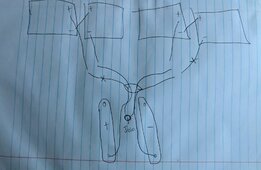TheAlmightyOgreLord
New Member
Hey guys, just when I thought I might have the most efficient setup possible, I've come across the fact that you can actually run an MPPT controller ~12V. I have a 48V 30amp EPEVER MPPT solar charge controller with custom paramaters for my 12V 200ah diy lifepo4 battery.
Now I live in an area that has a lot of cloudy days, but the solar rack almost never has shade and is facing directly up at the sky with an air gap underneath to keep the panels cool under full sun. I normally get 16amps on cloudy days and as much as 25 amps on sunny days without even cleaning the panels. They're currently in series-parallel configuration but the wiring was originally rated for a full parallel setup.
Now I'm curious if the MPPT controller is rated for 30amps at 48V, would it be able to handle all the panels in parallel at 600watts peak? Or is my math wrong?
If it is possible, would parallel be preferable over series-parallel? Do you think I would see greater than 400watts under full sun?

Now I live in an area that has a lot of cloudy days, but the solar rack almost never has shade and is facing directly up at the sky with an air gap underneath to keep the panels cool under full sun. I normally get 16amps on cloudy days and as much as 25 amps on sunny days without even cleaning the panels. They're currently in series-parallel configuration but the wiring was originally rated for a full parallel setup.
Now I'm curious if the MPPT controller is rated for 30amps at 48V, would it be able to handle all the panels in parallel at 600watts peak? Or is my math wrong?
If it is possible, would parallel be preferable over series-parallel? Do you think I would see greater than 400watts under full sun?




